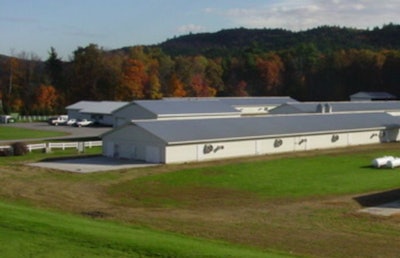
An effort is currently underway to advance the research and development base of Hubbard in Walpole, New Hampshire.
This planned improvement is made possible by a $10 million investment following the acquisition of Hubbard by the Aviagen Group in February of 2018.
The project will involve adding, expanding and modernizing the pedigree farm base and hatchery with state-of-the-art technology and equipment. The effort will benefit Hubbard customers in the U.S. and internationally by boosting the performance, health and welfare of their conventional male and female broiler breeder lines.
The upgrade of the Walpole facilities is slated for completion by the end of 2020, and will enable Hubbard to triple its pedigree program in the U.S. Additionally, the work force of Hubbard facilities in Walpole will also be tripled, as new jobs have been added and recruitment for new positions is in progress.
Investing in technology for continuous improvement
To increase the accuracy of genetic selection methods, the Hubbard farms and hatcheries will add the latest technology and techniques – which are also used in Aviagen research and development facilities – to further progress bird performance.
An example is advanced 3D imaging to improve selection for skeletal health, meat yield and quality. And, the Walpole facilities will incorporate Lifetime Feed Conversion Ratio (LFCR) technology – a method that observes FCR and feeding behavior during a bird’s lifetime in order to aid selection for birds that are the most efficient in converting feed to body weight.
Great strides in FCR improvements in recent years means that less feed (which is the single highest cost in poultry production) is needed to produce healthy and productive birds, the company stated.
















